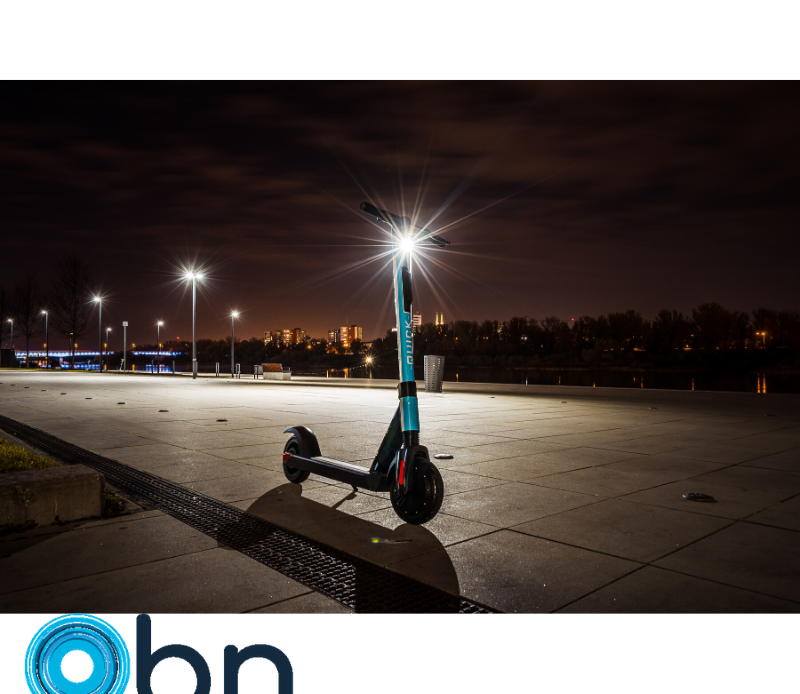
Given the current technological improvements, the means of transportation are changing. Based on the well-known report of McKinsey, about 60% of car trips are less than 8 kilometers (5 miles) and this accounts for as much as 50 to 60% of today’s total passenger miles travelled in China, the European Union, and the United States. Apparently, this even highlights the importance of micromobility further.
Micromobility now appears to be one of the most innovative transportation strategies that enables users to have short-term access to a mode of transportation on an as-needed basis. It is also very important to touch upon the social, environmental, and behavioral impacts which can be attributable to micromobility. Studies suggest that micromobility reduced vehicular use and congestion, prevented fatalities and serious injuries, expanded access for underserved communities as well as reduced pollution and GHG (greenhouse gas) emissions. According to the report of McKinsey, there is an estimated market potential of $200B to $300B in the U.S., $100 to $150B in Europe, and $30 to $50B in China. Although the studies on micromobility are quite limited, the users generally tend to be well-educated (often with a college or post-graduate degree), younger adults (typically between the ages of 21 and 45), childless households, middle and upper-income households living in urban built environments, often with limited vehicle access (e.g. zero or one car households) that use multiple modes of transportation, such as public transit, cycling and walking.
Micromobility companies are growing very fastly in cities and campuses. These companies’ core values are sustainability, safety and equity. Most of the micromobility companies serve for unbanked populations, low-income users, and they closely work with disability groups. As they are fully aware of the urgency of climate change crisis, most of them are committed to being fully climate-neutral and they are doing their best to provide sustainable, accessible and affordable mobility for everyone. With the aim of reducing emissions, they use green energy to change the fleet and run warehouses and introduce swappable batteries for more efficient daily operations. Also, they are fully committed to UN Sustainable Development Goals (SDG). For instance, Ford-backed scooter start up Spin Electric Scooters Sharing is currently running a streets program and working to make the streets safe, livable, and just. They aim to change the way the streets are designed to meet the needs of all and this will also be a huge step for creating safer, healthier, smarter and more sustainable cities that people enjoy to live in.
Nevertheless, the other side of the medallion points out the regulatory challenges along the way. Obviously, regulations and technological improvements are not moving in the same pace. Each community is different and cities are suited to make decisions on what works best for their community. Thus, there is no one-size fits all solution. Safety and data privacy are the biggest concerns for the regulators. Studies show that scooters are as safe or even safer than bikes or e-bike. When it comes to data collection, scooter companies track their devices and they collect data on where scooter trips begin, where they end, what route they take, and other personal information (e.g. name, last name, credit card details and etc.) about the app users.
On February 25th, the Senate Transportation and Judiciary committees in Sacramento, California held a joint hearing on the conflicts between cities’ need for data on what is happening on the streets vs. protecting consumer privacy. In the hearing, the legislature made it clear that their goal is to ‘ensure that data is available, but does not place personal information at risk. Location data is sensitive’. As emphasized by Curry clearly, the Senate Transportation and Judiciary committees do not want to be caught flat-footed the way they did with ride-hail. Ride-hailing companies were able to deploy their services long before cities could anticipate the impacts they might have on traffic, emissions, and safety. They want the smart cities but not the surveillance cities. That is the bottom line.
It remains to be seen what kind of new disruptions will appear in the near future along with the use of the autonomous vehicles, drones and eVTOLs (electric vertical take-off and landing) aircrafts. Although the new mobility solutions are very exciting especially for sustainable form of transportation, there will be many other questions that need an answer.
About the author
Şebnem Tuğçe Pala is currently working for Policy Initiatives team at Spin Electric Scooters Sharing (Ford New Mobility) in San Francisco. In the meantime, she is working as a researcher for Transportation Sustainability Research Center (TSRC) at UC Berkeley. Her previous work experience includes: the European Union’s non-profit lending institution (European Investment Bank) in Luxembourg, a rural development case study in Kenya at the International Labor Organization in Switzerland, grant writing and grant prospect research consultancy for Good Cause Group in Stanford, and an internship with top 100 artificial intelligence start up Iris Automation’s public policy and regulatory affairs team in San Francisco. Sebnem hopes to apply her public policy experience to the field of new/innovative mobility. Her interests include micromobility, shared mobility, autonomous vehicles, unmanned aircraft systems, and urban air mobility.
She can be reached at her LinkedIn account.

